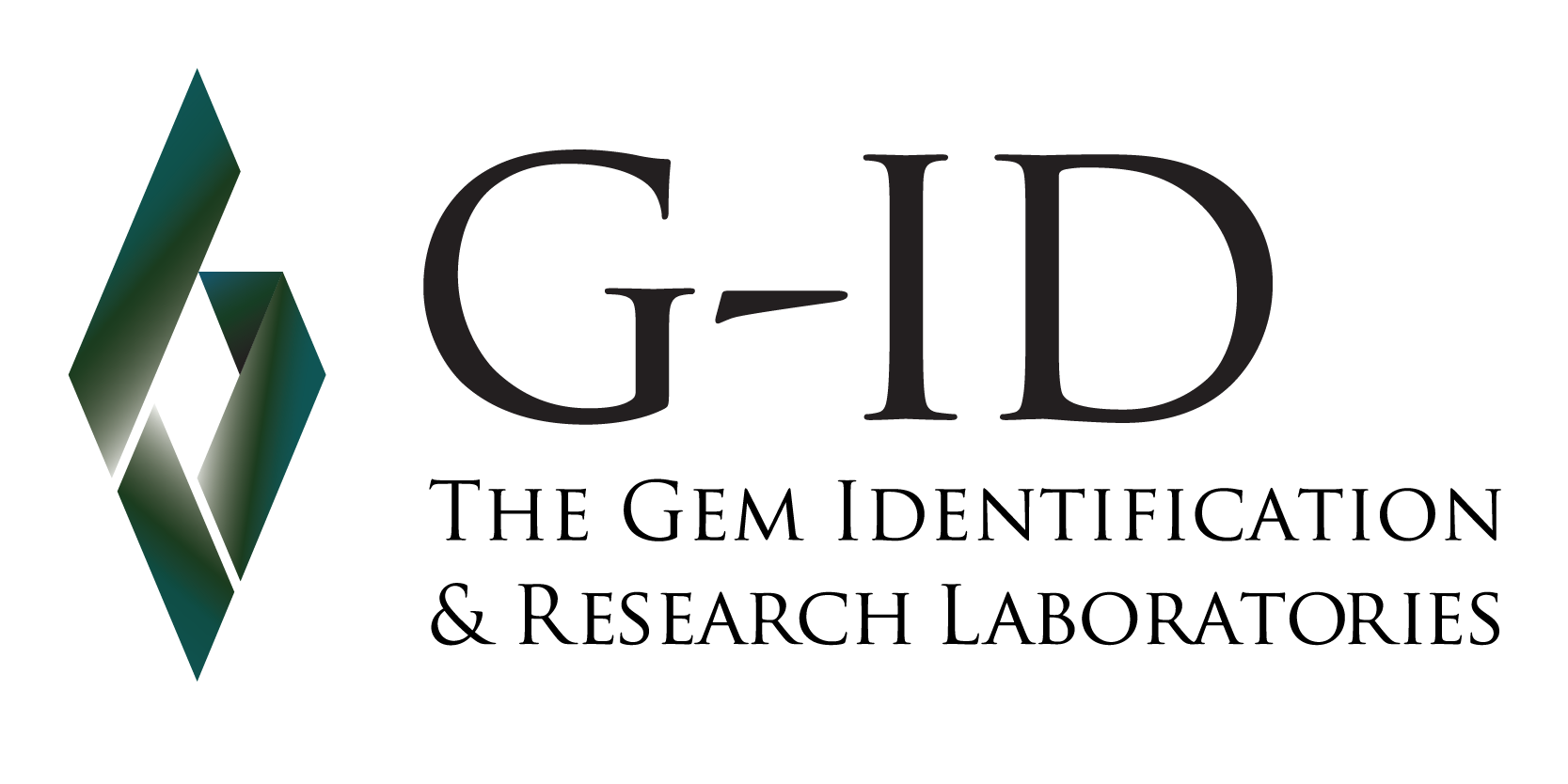Enhancement Disclosure
Some treated gemstones remain at high value by their boast of excellent quality and splendour; however, untreated gemstones are by far the most sought-after. This makes natural or treated gems have different value dimensions defined by their rarity, beauty and popularity. Although gemstones are treated with different methods in order to improve their appearance in colour and or clarity, treatments in gemstones are generally acceptable if they are stable, durable and disclosed.
G-ID has determined an enhancement terminology for all detectable treatments found in gems at the time of examination. These wordings/nomenclatures are in accordance with the international guidelines laid down by the CIBJO and Laboratory Manual Harmonization Committee (LMHC). The disclosure policy is revised from time to time with the introduction of a new form of treatment or modification of an existing method.
We use the following enhancement terminology for disclosing treatment(s) on G-ID reports based on types of gems.
| Wordings | Condition or explanation | Code |
|---|---|---|
| No indications of heating | No heat or do not have signs of heat treatment | NTE |
| Indications of heating | Heating with no foreign residue | TE |
| Treatment has not been detected due to lack of evidence | No conclusive features or any indicator reached to conclusion | – |
| Indications of heating with [minor/moderate/significant] residue in fissures | Heating with foreign residue found in fissures | TE1/TE2: Minor level, TE3/TE4: Moderate level, TE5: Significant level, |
| Indications of heating with [minor/moderate/significant] residue in cavities | Heating with foreign residue & glass filling in cavities | C1: Minor level, C2: Moderate level, C3: Significant level |
| Indications of heating, shallow color induced by an introduction of chemical elements from an external source | Heating with diffusion | – |
| found as shallow surface diffusion | ||
| Indications of heating with introduction of beryllium (Be) from an external source. The result of which is stable and permanent. | Heating with diffusion (beryllium type) and display the signs of beryllium / bulk diffusion | TE (Be) |
| Indications of heating, color and phenomena induced by an introduction of chemical elements from an external source | Heating with diffusion and star effect is produced by diffusion treatment | – |
| Indications of clarity enhancement by high density glasses in fissures and cavities | Fracture Filling with coloured glass and displays the features of glass filling (blue flash, gas bubbles) | – |
| Indications of clarity enhancement by oil | Oil is detected as the filler in fractures | – |
| No indications of heating. Cavities filled with resin. | Colourless resin is detected as the filler in fractures | – |
| Indications of heating and color enhancement by irradiation | Color is not stabilized after fading test | – |
| Indication of surface coating | Coated surface is scratched or ribbed off | – |
| Wordings | Condition or explanation | Code |
|---|---|---|
| No indications of clarity modification | No filler substance is detected | – |
| Indications of [minor/moderate/significant] clarity modification | Colourless to near-colourless oil / resin is detected in fractures detected | F1: Minor level, F2: Moderate level, F3: Moderate level |
| [Minor/Moderate/Significant] amount of resin in cavities | A resin is detected in wide fractures and cavities | C1: Minor level, C2: Moderate level, C3: Moderate level |
| Indications of color and clarity enhancement | Coloured oil / resin is detected in fractures | – |
Be First to know about new activities and more
©2025 G-ID Laboratories - All Rights Reserved.
